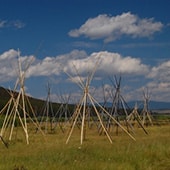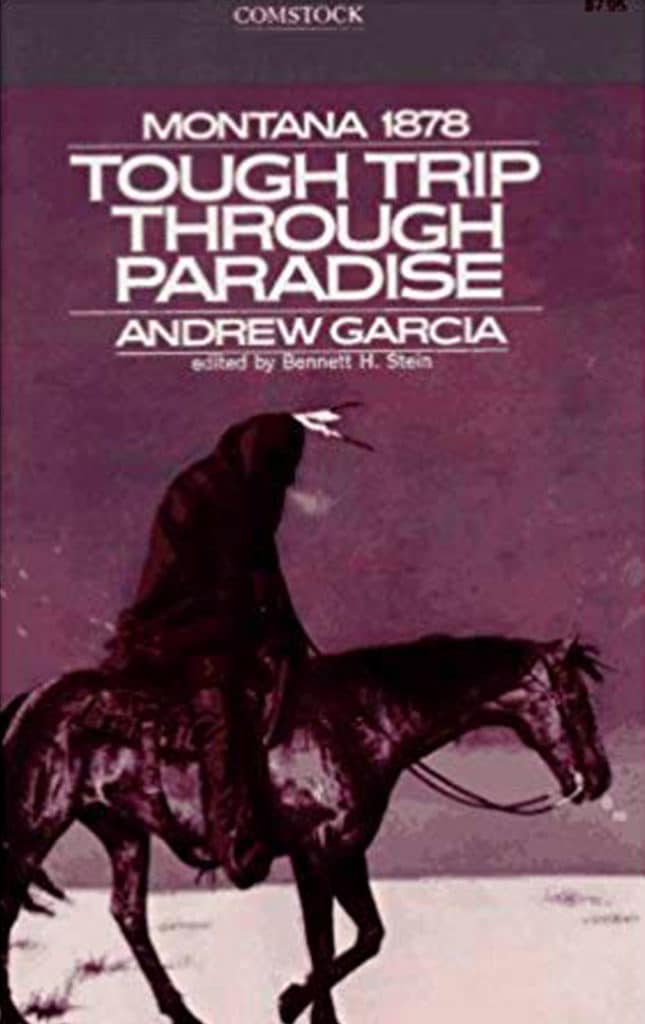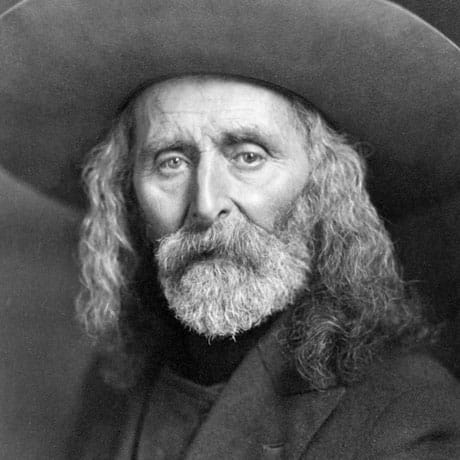About the Book
Tough Trip Through Paradise
Tough Trip through Paradise, 1878-1879 narrates what happened when he established a trading company centered on the Musselshell River. As Garcia tells it, he spent the next nine years living the life of an Indian, primarily with the Pend d’Oreilles. The emotional highlight of his memoir is his return to the Big Hole Battlefield with In-who-lise, his Nez Perce wife, who was wounded during the battle and lost her sister and father.
Tough Trip remains controversial because the book was published posthumously after extensive editing by Bennett Stein. For a detailed overview of Garcia’s manuscripts and Stein’s handling of those materials, see this presentation by archivist Kathryn Kramer at the Montana Historical Society.
For further information, see Diane Smith’s “Tough Trip to Publication: Tough Trip through Paradise and the Beautiful Wives of Andrew Garcia,” pp. 3-21 in the Winter 2008 issue of Montana The Magazine of Western History.
While the settings in Tough Trip through Paradise, 1878-1879 clearly reference actual locales, it is understood that the book—including its places—is ultimately the product of the author’s imagination. The intent of this literary map is to enrich the reading experience by interpreting those places, not to render them literally or definitively.



